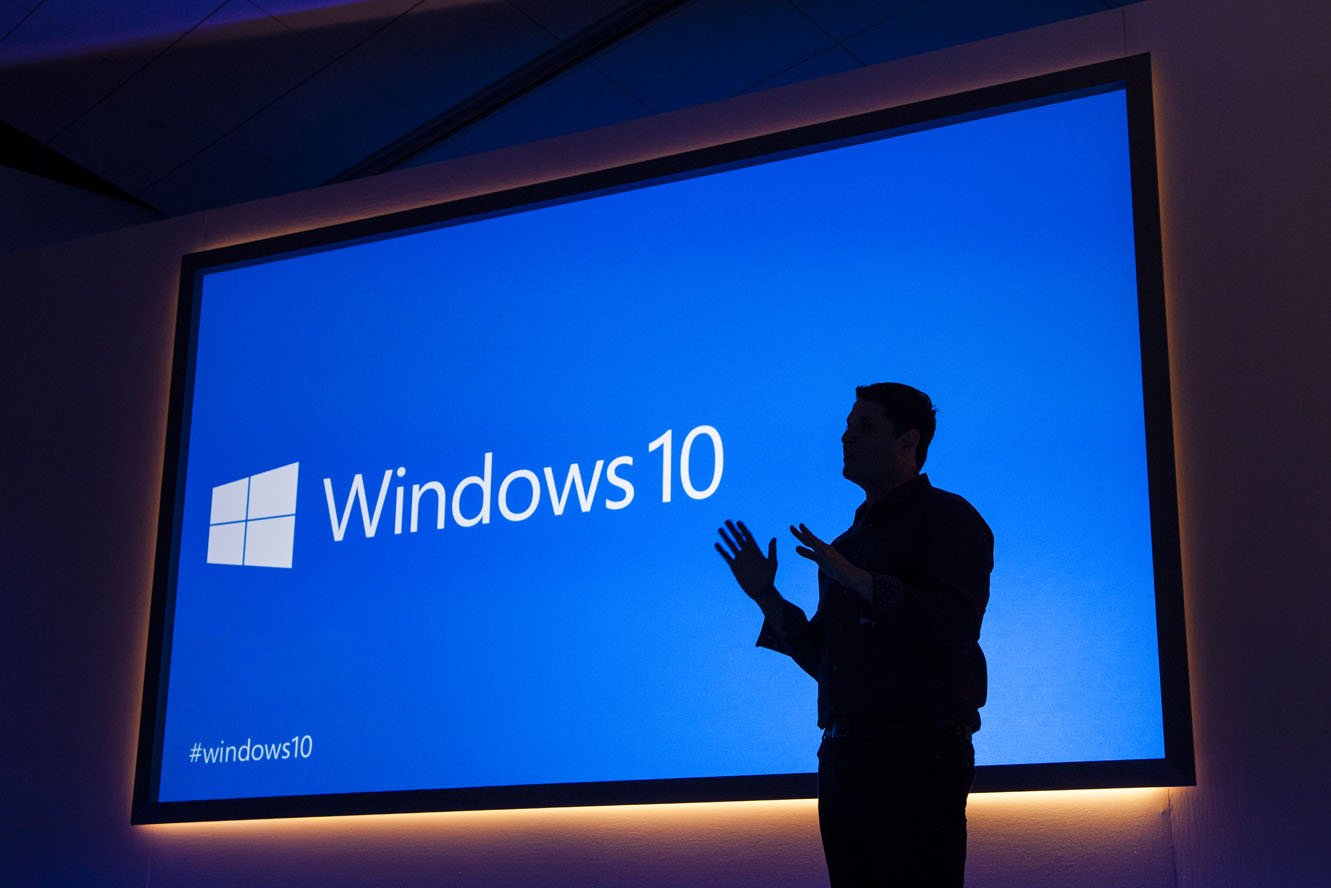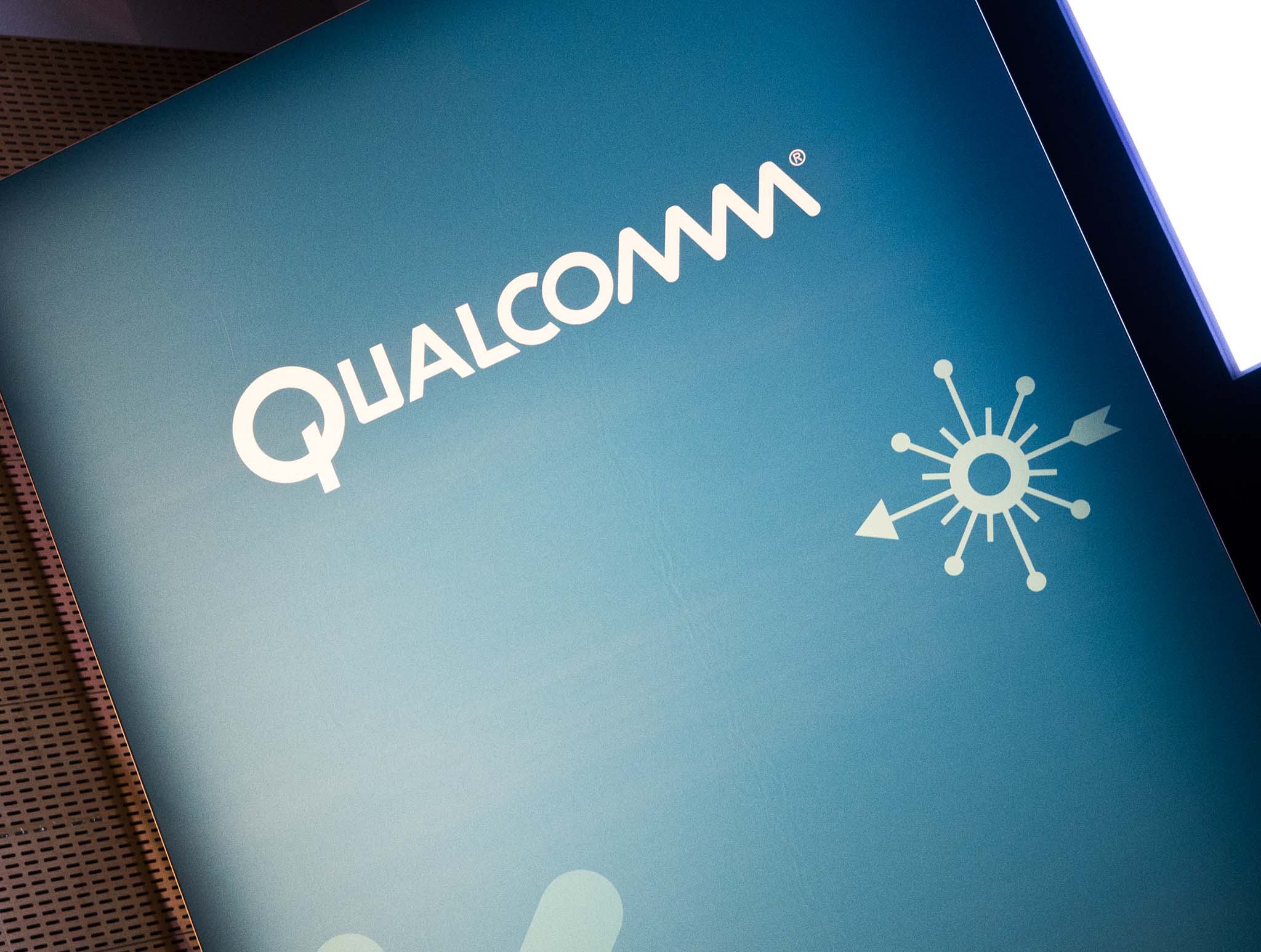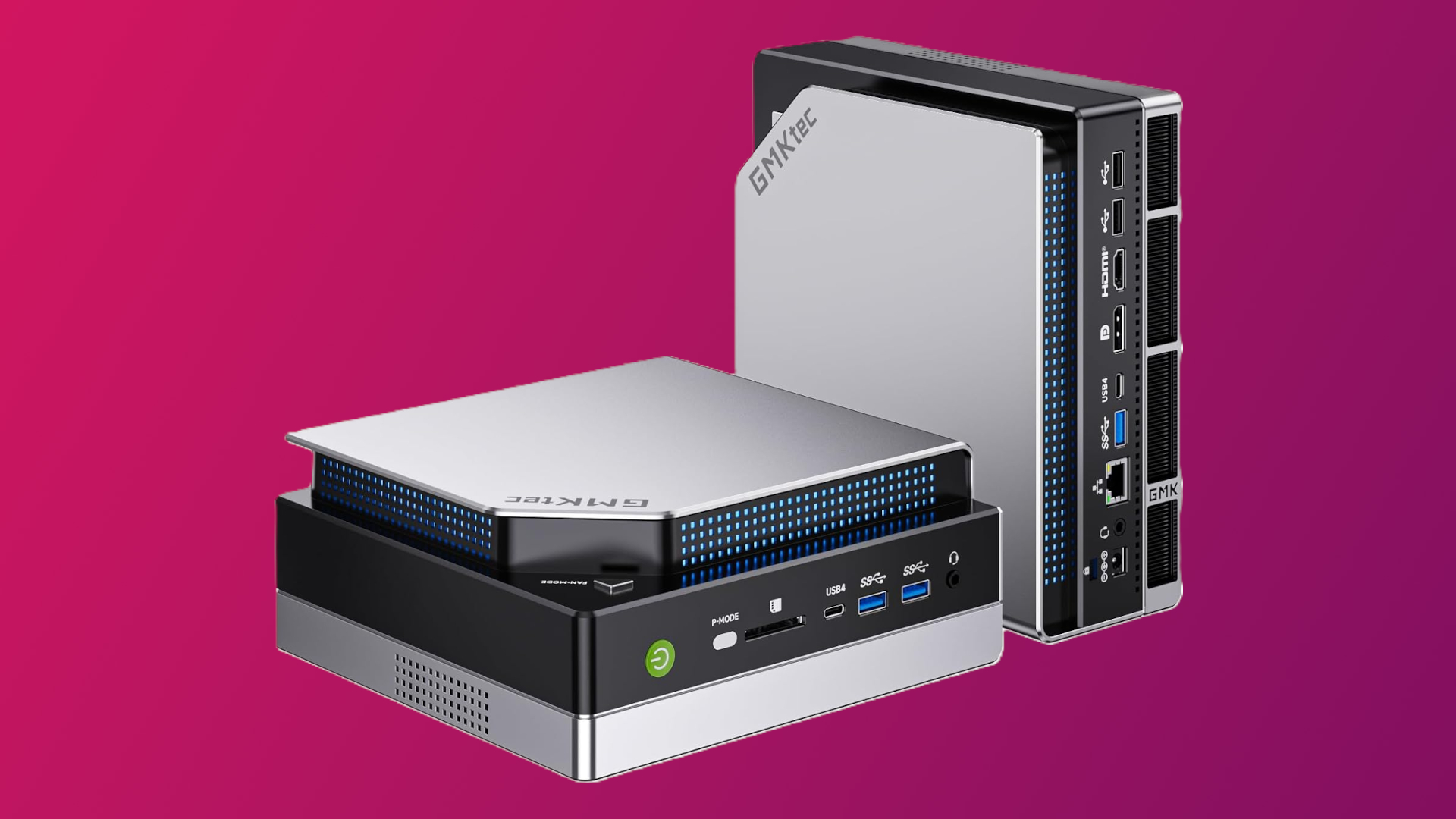The 'cellular PC' revolution begins: full Windows 10 and desktop apps are coming to mobile ARM chips
Always-connected, energy-efficient Windows 10 PCs are coming, all powered by a phone processor

Microsoft just dropped a tech bombshell in Shenzhen, China, at the 2016 WinHEC conference: Windows 10 for PC – the full desktop version – is coming to mobile ARM processors in 2017.
Calling them "cellular PCs", Microsoft has managed to get the x86 code for the Windows 10 OS running on the ARM architecture — a phenomenal technological achievement. Microsoft Executive Vice President Terry Myerson revealed the news at WinHEC, and shared on the Windows Blog:
To deliver on our customers' growing needs to create on the go with PCs with cellular connectivity, power-efficient battery life, and flexible designs, we announced today Windows 10 is coming to ARM through our partnership with Qualcomm.
Qualcomm and Microsoft ushering in a new age

The hardware required for Windows 10 on ARM starts with the recently announced Qualcomm Snapdragon 835 flagship SoC based on the 10nm FinFET process.
The new Snapdragon 835, which is already in production and expected in devices sometime in early 2017, features 27% higher performance while drawing 40% less power than the previous 14nm Snapdragon 820/821 SoCs.
The new silicon also features Quick Charge 4.0 tech, allowing for a five-minute charge to be enough for 4-5 hours of life for a phone, and up to 50% in 15 minutes.
Myerson made a point to tout the benefits of Windows 10 on ARM:
Hardware partners will be able to build a range of new thin, lightweight, power-efficient and always-connected Windows 10 PCs that run x86 Win32 and universal Windows apps
Full Access: x86 Win32 apps through emulation
It's not just the OS: Windows 10 on ARM will also run traditional x86 Win32 apps and games through emulation.
All the latest news, reviews, and guides for Windows and Xbox diehards.
Users will be able to install any x86 Win32 app – unmodified – from any source, no repackaging as UWP or delivery via the Windows Store required. The apps are not sandboxed and they will have full access to the OS. Apple made a similar emulation feature when the Mac line switched from PowerPC to Intel processors, but Microsoft's move to support ARM is a magnitude more impressive.
To prove the power of the Snapdragon 835, Microsoft demoed a device easily running the full Adobe Photoshop app along with Microsoft Office. It's not just for apps either — the popular MMOG World of Tanks was demonstrated on stage being powered by ARM and Windows 10.
Managing data and eSIMs
Additionally, Windows 10 will gain support for so-called electronic SIMs (or eSIM). The eSIM technology lets users switch providers and plans without the hassle of getting a new physical SIM.
Carriers like AT&T, Etisalat, Deutsche Telekom, Orange, Vodafone, and Telefonica are a few examples in the US and Europe that are already using or adopting the tech.
The Windows Store will host these 4G LTE data plans, allowing users to purchase plans and manage their account without a clumsy browser or account login. Windows 10 for Desktop will also gain data management abilities for users to monitor and control what data channel apps use.
Coming in 2017
Microsoft expects new devices to run Windows 10 on the Qualcomm Snapdragon 835 sometime next year and that they will leverage touch, pen, and Windows Hello.
Windows 10 on ARM will be available for Enterprise and Consumer editions.
Finally, these devices are anticipated to be tablets, two-in-ones, and Ultrabook-like devices. While smartphones with this tech might be in the wings, Microsoft's not dropping any hints on that front today.

Daniel Rubino is the Editor-in-chief of Windows Central. He is also the head reviewer, podcast co-host, and analyst. He has been covering Microsoft since 2007 when this site was called WMExperts (and later Windows Phone Central). His interests include Windows, laptops, next-gen computing, and wearable tech. He has reviewed laptops for over 10 years and is particularly fond of 2-in-1 convertibles, Arm64 processors, new form factors, and thin-and-light PCs. Before all this tech stuff, he worked on a Ph.D. in linguistics, performed polysomnographs in NYC, and was a motion-picture operator for 17 years.
